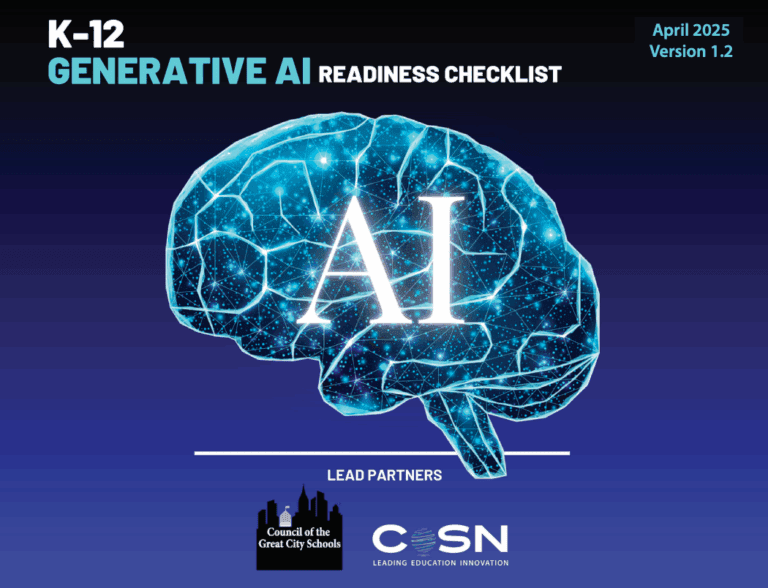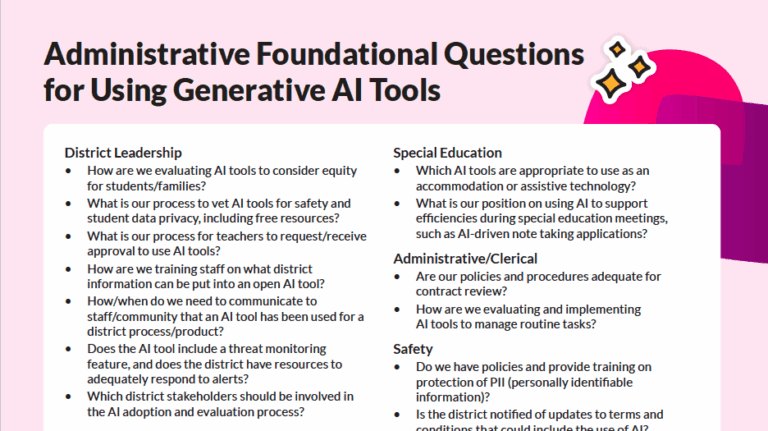By Lisa Andrew, Ed.D., and Eric Andrew, Ed.D.
Musical lyrics can provide great insight into the female experience. Songs like Shaina Twain’s “Man! I Feel Like a Woman” and Alicia Keys’ “Girl on Fire” attempt to describe the feelings that come with being a woman. Whether she knows it is her “prerogative to have a little fun” or that “she can fly away” are these “knowings” rooted in scientific evidence? Can the physical and physiological aspects of the female brain explain feelings and ways of thinking and reasoning?
The answer is yes! As it turns out the female brain is designed for community and collaboration (her prerogative to have a little fun) and to focus, judge and use intuition (she’s livin’ in a world and it’s on fire. Filled with catastrophe. But she knows she can fly away.) Research and lived experience tells us that leaders who demonstrate these qualities are more likely to be trusted, have positive work cultures and reach goals of high expectations. And … as it turns out, community, collaboration, focus, judgment, and intuition are also important attributes of great leadership!
In her article, 5 Reasons Why the Female Brain is Designed for Great Leadership, neuroscientist Shonte Jovan Taylor explains the physical and physiological aspects of the female brain that position women for effective leadership. She states, “Women and men are equally brilliant, but women are designed to use their brains … differently.”
Correlation of the Female Brain and Leadership
It has long been noted that women are more likely to be empathetic, compassionate and collaborative. According to Shonte Jovan Tayor, this is attributed to women using more of the right hemisphere of their brain, having larger emotional regions of the brain, and having an enhanced language center. Because of this the female brain is built for collaboration, community and seeking help.
One site leader in Silicon Valley exemplified this when she called upon an educational nonprofit to work alongside staff in developing a computer science program in collaboration with local technology companies. The site leader’s desire to partner with the community in a collaborative effort allowed her to seek help on something her district could not yet provide. This collective effort resulted in teachers being trained to apply mathematics, art, and technology in new ways, students receiving instruction from their teachers and experts in the field that was relevant and transferable, and the local tech company shaping the future of a locally grown workforce.
Shonte Jovan Tayor also noted that due to a large prefrontal cortex (the most advanced region of the brain), the female brain is built for judgment and focus. Add to this usage of the right hemisphere, which makes the female brain highly intuitive, and you get some true super powers! Author Nancy Rathburn stated, “A strong woman understands that the gifts such as logic, decisiveness, and strength are just as feminine as intuition and emotional connection.”
A courageous example of this was seen in Central California when a superintendent challenged the School Board to implement a Diversity, Equity, Inclusion, and Belonging (DEIB) program. She was well aware of the conservative viewpoint of the Board Members and the community so the superintendent knew she had to keep the group focused on the positive outcome for all. The superintendent used her judgment and intuition and shared compelling student stories from all points of view, including those of the Board Members and community. In doing this, the Board Members could see their point of view represented in the policy request. It took heavy doses of judgment to know who, when, what to share and a keen sense of intuition to know what would resonate with others.
We could also say that this Central Coast superintendent knew how to “read the room.” Female leaders that thrive ask questions, listen, and check for understanding before launching into solutions. Another “reading the room” example was observed during a community Local Control Accountability Plan (LCAP) meeting where a director of curriculum and instruction nimbly engaged stakeholders of varying perspectives in dialogue that centered around what was best for students. Translators were provided and verbal and written responses in all languages were encouraged. She created a safe space for all by having the large group work in pairs and small groups. The director provided Post-its and asked all participants to write ideas and post on larger sheets of paper. Finally, she had each person write a short story about their child(ren) and what they hoped their attendance at the meeting would contribute.
Shonte Javon Taylor would attribute the skills described above to the fact that the female brain has the ability to read others and respond and feel mentally what others are feeling. Why? The same emotional regions of the brain that assist in collaboration, community building and seeking help, work with mirror neurons (specialized brain cells) to be more empathetic, compassionate and responsive to others. SInce this region is prominent in women and women have a large prefrontal cortex, the female brain is built to read others and raise organizational IQ.
While it may seem counterintuitive to associate worry with longevity, worry about the right things can lead to a longer healthier life. Shonte Javon Taylor notes that females tend to worry more, which is a byproduct of the lower level of serotonin that is produced in a female brain. And, as mentioned earlier, females tend to have a larger prefrontal cortex, which is responsible for less risk-taking. More worry contributes to women pushing themselves to live healthier lifestyles and the larger prefrontal cortex to taking fewer risks. These factors contribute to the female brain being designed for longevity resulting in females being highly conscientious about their health and future.
At a recent college graduation, a superintendent in Silicon Valley shared her experience of risk-taking avoidance with an audience of newly minted teacher candidates. These candidates are worried about getting a job … definitely not risk-taking out of a job! She began her speech with a quote from Pretty Little Liars actress Laura Leighton which was, “I think it’s really important to remember that it’s a long life, and it’s a long career. In a perfect world, your career will be long. It does not begin and end with any one job. The point is to continue to have longevity in your career.” The superintendent then shared how she avoided addressing the inequalities and inequities of students in her district despite data indicating students of color were behind their white counterparts in every scholastic and social measure. She chose to temper the pace of instructional practices that would significantly address the issues. However, she soon realized that while her decision may have prolonged her tenure in the district, this was not the type of “career” she wanted to have.
As a bonus, neuroscientist Shonte Javon Taylor gives us an additional example of how the female brain is designed for leadership. She reveals that when solving problems, women tend to use more areas of their brain. This explains how the female brain is designed to admit and solve problems faster and to see the big picture. As instructors in administrator credentialing programs, we use case studies and ethical dilemmas to teach core concepts, critical thinking and problem solving. We have learned to be cognizant of group composition and processing time and to structure whole group discussions to ensure everyone has opportunity to develop desired skills. Students are often frustrated that we do not let them self-select their groups for these activities. Like all teachers, facilitating learning for all students sometimes requires groupings with people other than your friends!
The Power of Same and Different
Every person is absolutely unique! And, there are some ways in which we are very much the same. Understanding how the brain is designed and functions can provide insights on how we can leverage our matter into what matters! Recognizing our strengths and blind spots allows us to surround ourselves with people different from us and appreciate talents, genetic codes, and frontal lobes that supplement ours.
Alicia warns us that she’s livin’ in a world and it’s on fire, which calls for that large prefrontal cortex and multiple active brain regions. Shania reminds us that it’s her prerogative to have a little fun, which is triggering her right hemisphere and emotional and language centers. Whichever is happening, rest assured the female brain is ready to lead into, through, and out of today’s complex educational situations.
References
Taylor, Shonte Javon. (2016) 5 reasons the female brain is designed for good leadership.
Lisa Andrew, Ed.D., is COO Efficacious, President & CEO of the Silicon Valley Education Foundation. Eric Andrew, Ed.D., is the CEO Efficacious, Associate Partner of Leadership Associates, and ACSA Region 8 Executive Director.


































